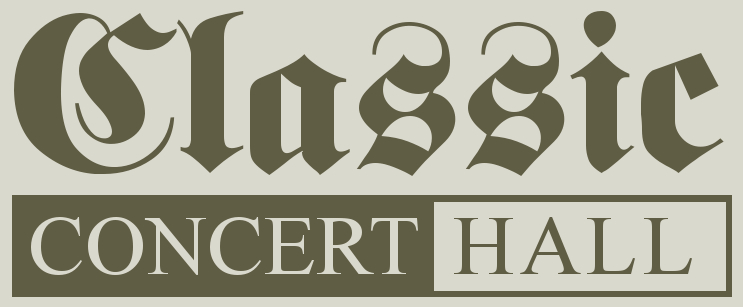|
 Ranked #8 in Most Listened. Ranked #8 in Most Listened.
 Ranked #2 in Most Commented. Ranked #2 in Most Commented.
Comments (17)
Comment on this music
Login/Register to post a comment.
|
Elegy
Uploaded by: OmegaCentauri
Composer: Fey, Paul Organ: Peterborough Cathedral Hill Software: Hauptwerk VI Views: 121
|
Uploaded by:
|
Agnus_Dei (03/04/25)

|
|
Composer:
|
Bach, J. S. 
|
|
Sample Producer:
|
Audio Angelorum 
|
|
Sample Set:
|
Peterborough Cathedral Hill

|
| Software: | Hauptwerk IV |
| Genre: | Baroque |
| Description: | I did this recording over a month ago, but never "pursued" it further, as I had all kinds of issues going on.
While my treatments are successfully targeting the cancerous tumor, the self-violence has been exceptionally bad, and I actually gave myself a concussion around the time that I recorded this piece.
It seems like I have things under better control at the moment.
The Toccata is an Italianate affair, with material clearly inspired by violin writing, and making use of dialogue effects, such as might be found in a Vivaldi string concerto. The ritornello figure provides the material for the remainder of the Toccata, with episodes given on the contrasting manual, rather like the contrasting groups of strings in an Italian concerto. The principle of manual contrast is taken up by Bach as a feature of the Toccata, with frequent, quick, changes between manuals, for rhetoric effect. According to one source, the Toccata—and perhaps the Fugue too—was ‘played at the examination of the large organ in Kassel by S. Bach’, which would date it to 1732.
The nickname given for the pair —‘Dorian’ stems from the absence of a key signature in both Toccata and Fugue. Yet the opening of the Fugue, with its prominent B flat, highlights that strictly these works are written not in the Dorian mode but in the Aeolian mode, which has been transposed from A to D. Yet the flattened seventh of the mode projects the chief affect of the Fugue as somber and serious. This is reflected in the writing of the subject: long, soaring, taking its time over an initial ascent of an octave, before a slow return. Thus the subject strikingly highlights the ‘D’, the tonic note, further highlighting the Fugue’s modal center Another feature of the subject is its rhythmic syncopations, the notes skipping off the main beat, producing beautiful episodes later. The final pedal entry of the fugal subject, a few bars before the end, is one of Bach’s most glorious.
See FIRST COMMENT for performance notes.
|
| Performance: | Live |
| Recorded in: | Stereo |
| Playlists: |
|
|
Options:
|
 Sign up today to download piece. Sign up today to download piece.
 Login or Register to Subscribe Login or Register to Subscribe
 See what Agnus_Dei used to make this recording See what Agnus_Dei used to make this recording
|
|
|



